
Sudden tooth pain can be startling and disruptive, interrupting daily routines and causing significant discomfort.
A sharp, throbbing, or pressure-induced sensation in a tooth often signals that something is wrong.
Pinpointing the cause early is essential to avoid worsening conditions that may require more invasive treatment later.
Such pain may stem from dental decay, gum issues, sinus complications, or even direct injury to the mouth.
Understanding the range of potential causes helps in taking the right steps toward relief and prevention.
Table of Contents
10. Post-Treatment Complications
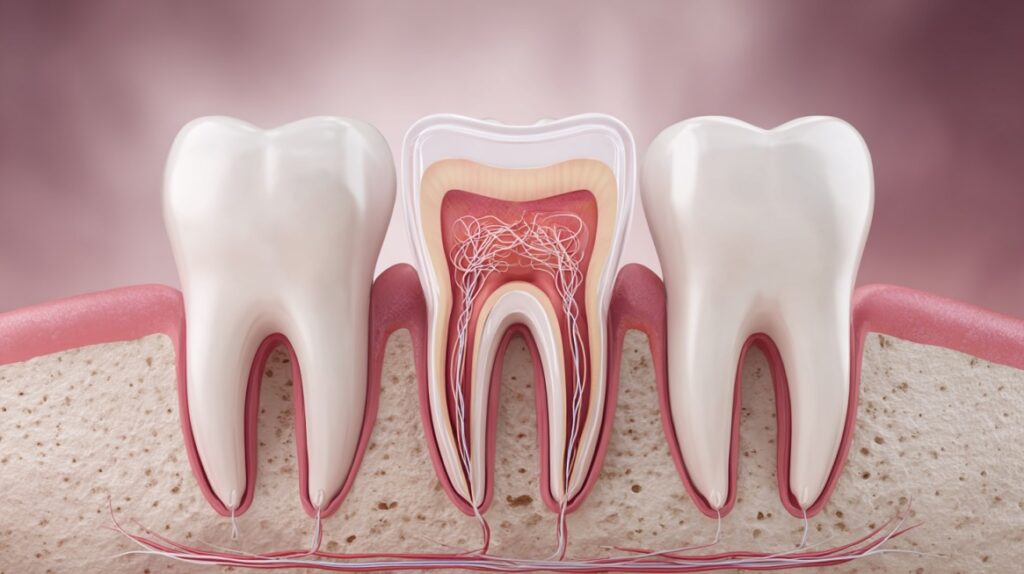
The pulp inside a tooth contains nerves and blood vessels, making it highly sensitive to damage or infection
Dental work such as fillings, crowns, or root canals may cause temporary sensitivity or pain.
Issues like an ill-fitting restoration, high bite, or nerve irritation can prolong discomfort.
Addressing adjustments quickly prevents further complications.
- Pain after recent dental work
- May stem from nerve irritation or poor fit
- Needs dentist follow-up
In rare cases, pain following dental work may indicate an infection or other complication that demands emergency dental care to prevent further damage.
9. Periapical Infections / Dental Abscess
Advanced pulp infection can spread to the tip of a tooth’s root, creating a pocket of pus.
Symptoms often include severe pain, facial swelling, fever, and a foul taste in the mouth.
Prompt professional treatment is necessary to prevent further spread of infection.
- Originates in tooth pulp
- Causes swelling and pus
- Can lead to systemic infection
8. Wisdom Teeth Problems
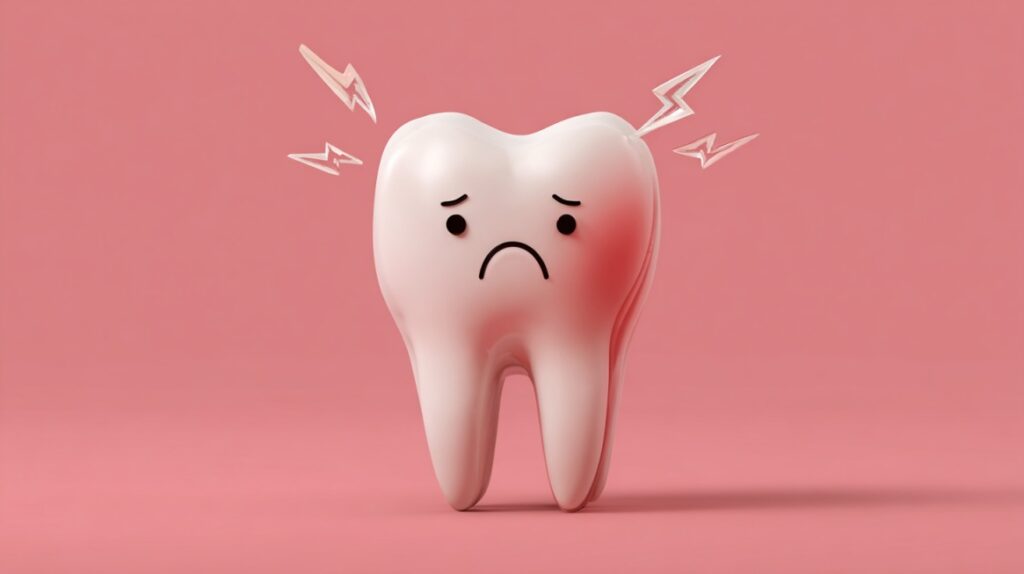
Wisdom teeth often lack enough space to grow properly, which can cause inflammation and pain
Impacted or misaligned wisdom teeth can press against other teeth, causing pain, swelling, and gum irritation.
Infection in the surrounding gum tissue, called pericoronitis, may also occur, leading to discomfort radiating toward the jaw or ear.
- Impaction and misalignment cause pain
- Gum swelling and possible infection
- Pain can spread to ear and jaw
7. Sinus Infections (Referred Pain)
View this post on Instagram
Inflamed maxillary sinuses sit close to the roots of upper teeth.
Pressure in the sinuses can cause discomfort in these teeth, often paired with nasal congestion, facial pressure, or headache.
Treating the underlying sinus infection usually resolves the dental sensation.
- Affects upper teeth
- Linked to sinus congestion
- Resolves with sinus treatment
6. Food Impaction

Food impaction can cause gum irritation and increase the risk of cavities if not removed promptly
Small particles of food can lodge between teeth or under gums, creating localized irritation.
If not removed, bacteria can multiply, leading to gum inflammation or infection. Immediate relief often follows once the debris is dislodged.
- Lodged food irritates gums
- Can cause localized swelling
- Risk of infection if ignored
5. Bruxism (Teeth Grinding)
View this post on Instagram
Many people grind or clench teeth unknowingly during sleep or periods of stress.
The repeated motion wears down enamel, causes microfractures, and can lead to jaw soreness.
Over time, the constant pressure contributes to tooth sensitivity and even structural damage.
- Often occurs at night
- Leads to enamel wear and fractures
- Causes jaw discomfort
4. Gum Disease & Periodontal Abscess

Untreated gum disease can lead to periodontal abscesses, which may damage bone and surrounding tissue
Gum inflammation and infection weaken the tissue supporting teeth.
Receding gums can expose sensitive roots, leading to discomfort during eating or drinking.
In some cases, bacteria can cause a periodontal abscess, resulting in localized swelling, severe pain, and tenderness to touch.
- Gum recession increases sensitivity
- Abscess causes swelling and pain
- Requires prompt dental care
3. Pulpitis (Inflammation of Tooth Pulp)
Inflammation of the pulp tissue arises due to untreated decay, dental trauma, or repeated restorative work.
Two types exist: reversible pulpitis, where the pulp can heal, and irreversible pulpitis, which often requires root canal treatment.
Pain is often sharp, throbbing, and can intensify at night or when lying down, making sleep difficult.
- Triggered by decay or injury
- Reversible and irreversible forms
- Pain worsens when reclined
2. Tooth Fractures & Dental Trauma
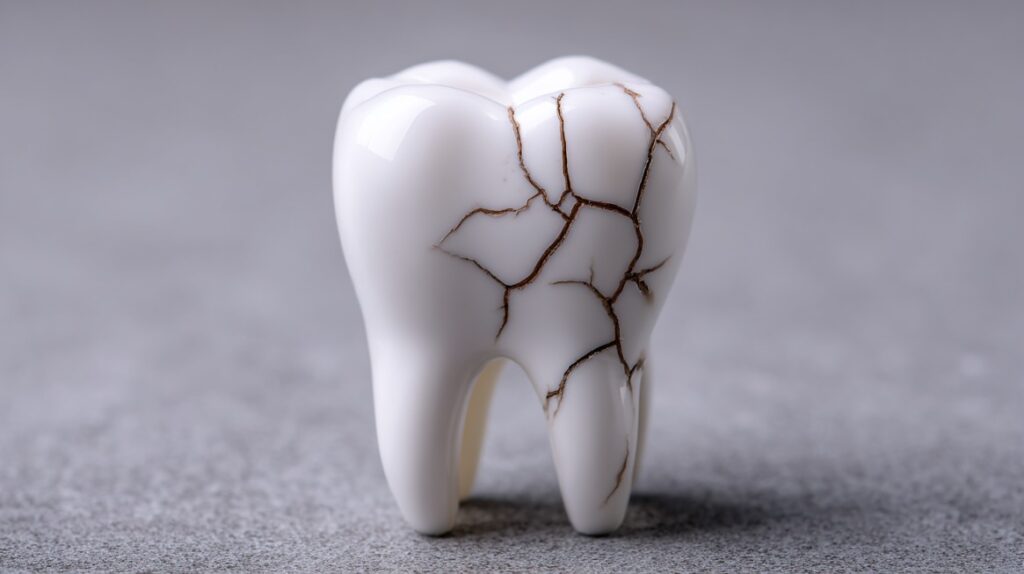
Dental fractures can result from trauma, teeth grinding, or biting hard objects, often requiring urgent treatment
Biting into hard objects, suffering facial impacts, or long-term grinding can crack or break teeth. A fracture might be visible or hidden beneath the surface.
Pain is often sharp and occurs when biting down or releasing pressure, indicating potential nerve exposure.
Without proper care, bacteria may infiltrate the pulp and trigger infection.
- Caused by chewing hard items or trauma
- Pain on bite or release
- Risk of pulp infection
1. Tooth Decay (Cavities)
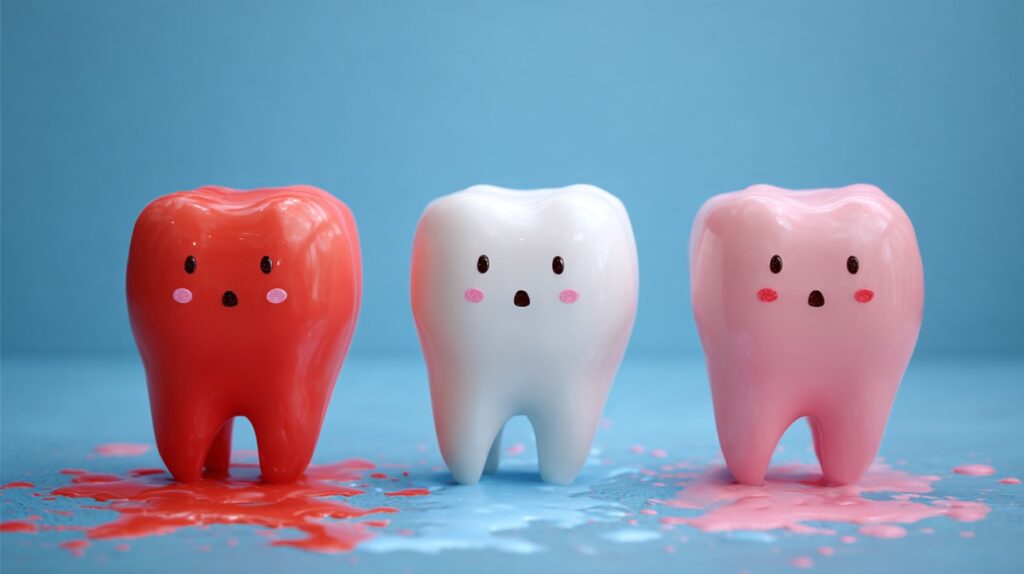
Cavities are caused by acid-producing bacteria that erode tooth enamel over time
Bacteria in the mouth break down sugars and produce acids that gradually erode tooth enamel.
Once the protective layer is compromised, dentin and even the nerve-rich pulp can become exposed, leading to sensitivity or sharp pain.
Triggers often include consuming hot, cold, or sweet foods and beverages. Left untreated, cavities can progress to pulpitis or abscesses, which require more complex dental intervention.
- Caused by bacterial acid erosion
- Pain increases with temperature changes or sweets
- Can lead to infections without treatment
Immediate Relief & Home Care
Managing sudden tooth pain at home can provide short-term comfort while awaiting professional care.
Though these measures are not a substitute for a dentist’s evaluation, they can help control inflammation, reduce discomfort, and prevent symptoms from worsening in the interim.
Below are several effective strategies, presented with bullet points for clarity.
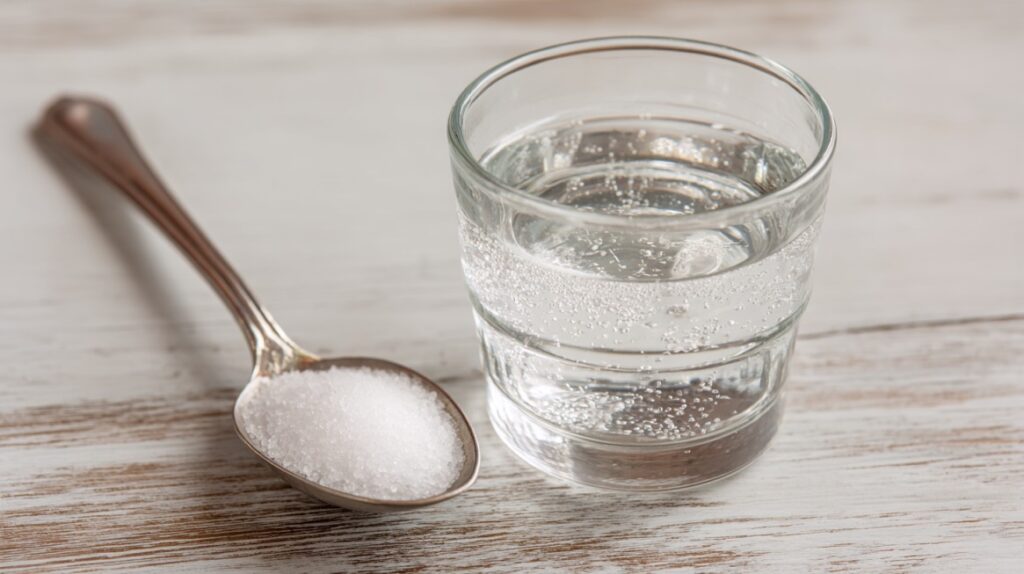
Saltwater is a natural disinfectant that can soothe inflamed gums and promote healing
Warm Saltwater Rinse
A warm saltwater rinse acts as a natural disinfectant, helping to reduce inflammation and clean the affected area.
It can soothe irritated gums and remove debris that contributes to pain.
- Mix half a teaspoon of salt into a glass of warm water
- Swish around the mouth for about 30 seconds before spitting
- Repeat several times daily for best results
Cold Compress for Swelling and Pain Control
Applying a cold compress externally to the cheek can help manage swelling and numb the affected area, reducing sharp pain sensations.
- Wrap ice or a cold pack in a soft cloth to avoid skin irritation
- Hold against the outside of the jaw for 15–20 minutes at a time
- Repeat every few hours as needed
Over-the-Counter Pain Relief
Anti-inflammatory and pain-relieving medications can help manage discomfort until dental treatment is available.
- Ibuprofen can help with both pain and inflammation
- Acetaminophen offers pain relief without anti-inflammatory effects, suitable for those unable to take NSAIDs
- Always follow dosage instructions on the packaging or those provided by a healthcare professional
Gentle Flossing to Remove Trapped Debris
Particles of food trapped between teeth or beneath the gumline can trigger sudden pain, especially if left for extended periods.
- Use gentle, slow movements to avoid aggravating the gums
- Consider waxed floss for smoother movement and less irritation
- Avoid snapping floss forcefully into the gums
The Bottom Line
Sudden tooth pain is a clear signal that something is wrong and should not be ignored.
Prompt diagnosis ensures that the underlying cause is addressed before it worsens.
Consistent oral hygiene, regular checkups, and timely treatment remain the most effective methods to maintain dental health and prevent such painful surprises.







